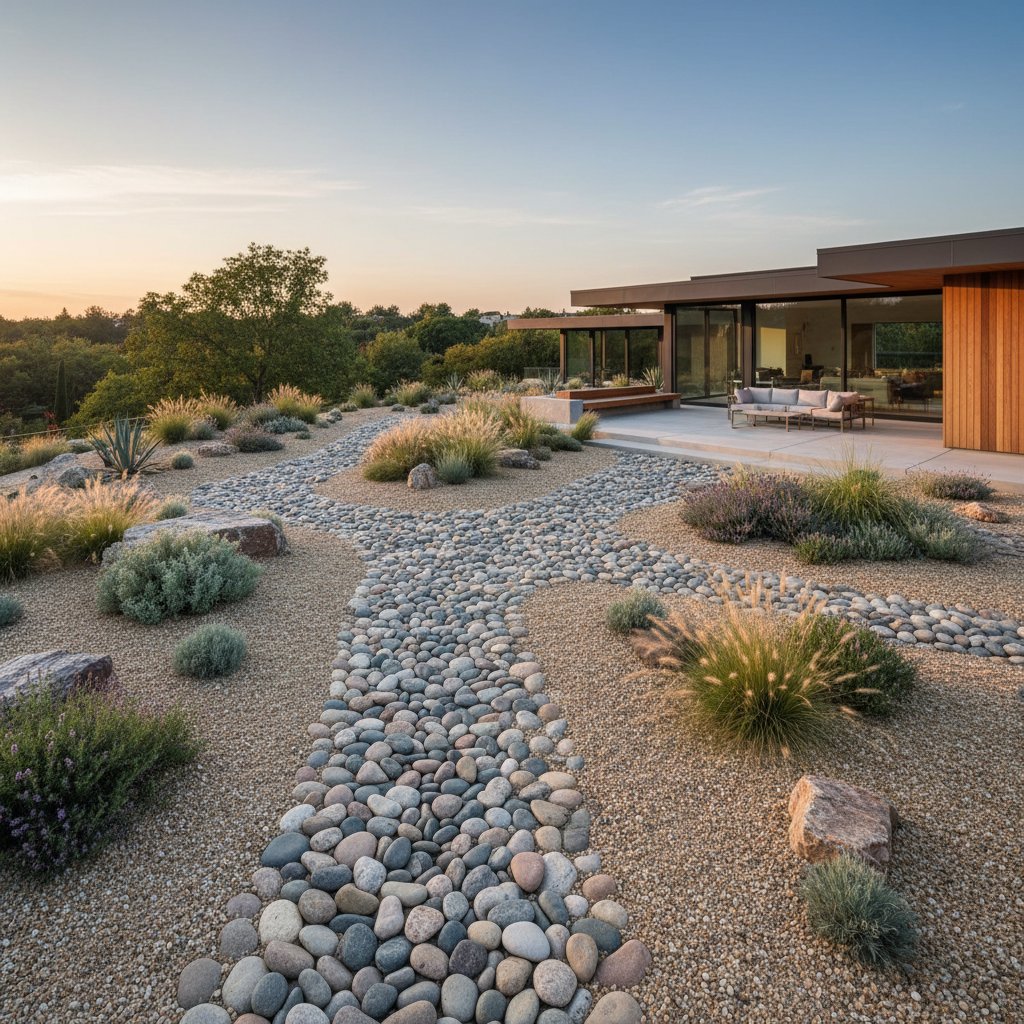Front Yards Embrace Farm-Fresh Designs: The Edible Landscaping Boom of 2025
A front yard serves as the first impression of a home, reflecting the residents' values and lifestyle. Traditional designs often feature pristine lawns and ornamental shrubs that prioritize appearance over utility. In 2025, however, a shift occurs as more homeowners integrate edible elements, creating landscapes that nourish both the senses and the household. This approach combines nostalgia for self-sufficiency with modern sustainability, resulting in spaces that invite admiration and harvest.
Redefining Front Yard Spaces
Historically, front yards function as decorative showcases, reserved for non-productive plants like evergreens and annual flowers. With growing awareness of food security and environmental impact, these areas now accommodate productive plantings. Edible landscaping, or foodscaping, incorporates vegetables, fruits, and herbs into visible, front-facing designs without sacrificing style.
Such gardens avoid the appearance of makeshift plots through intentional planning. For instance, a winding path edged with compact lettuce varieties and chives maintains neatness while offering daily picks. Fruit espaliers trained against fences add vertical interest and year-round structure, ensuring the yard remains polished even in winter.
Achieving Harmony Between Aesthetics and Utility
Successful edible landscapes prioritize balance to create cohesive, inviting scenes. Select plants with ornamental qualities to enhance visual flow. Rainbow chard, with its vivid stems, substitutes for coleus in borders, providing color that persists through harvests.
Consider these design strategies for seamless integration:
- Incorporate repeating elements. Choose plants in analogous color families, such as purples from eggplants and violas, to unify the palette.
- Vary plant architecture. Pair upright tomatoes supported by cages with trailing nasturtiums that double as edible flowers and ground covers.
- Schedule for continuous appeal. Plant cool-season brassicas like broccoli in fall, transitioning to warm-season peppers in spring, to maintain fullness year-round.
Blueberry shrubs exemplify multifunctionality, displaying white spring blooms, summer fruit, and fiery fall foliage. Vertical gardening with peas on arbors not only saves space but also frames doorways with lush greenery.
Practical Benefits of Edible Front Yards
Edible designs offer tangible advantages beyond beauty, including reduced upkeep and resource efficiency. Apply organic mulch layers around plant bases to suppress weeds and conserve soil moisture, minimizing irrigation needs by up to 50 percent. Perennials such as rosemary and perennial kale establish quickly and require minimal replanting.
Transitioning from turf grass to raised beds eliminates frequent mowing, freeing time for enjoyable tasks like pruning dwarf citrus trees. These changes lower water bills and carbon footprints, aligning with 2025's emphasis on eco-friendly living.
Community interactions often follow such transformations. Passersby may pause to admire a trellis of scarlet runner beans, sparking discussions on gardening tips. Sharing surplus zucchini or mint can foster neighborhood bonds, turning individual yards into collective inspirations.
Implementing and Maintaining Your Edible Landscape
Begin the process with assessment and small-scale trials to build confidence. Evaluate sunlight patterns across the yard, noting full-sun areas ideal for tomatoes and partial-shade spots suited to leafy greens like spinach. Sketch a basic layout, allocating space for pathways to ensure accessibility.
Start by converting a single bed: Remove sod from a 4-by-8-foot area, amend soil with compost for nutrient richness, and sow seeds of radishes and dill for quick results. Monitor growth weekly, adjusting watering to keep soil consistently moist but not waterlogged. As familiarity grows, introduce structures like hoop houses for season extension.
Maintenance involves routine checks: Prune fruit trees in late winter to promote airflow and fruit production, and rotate crops annually to prevent soil depletion. Integrate companion planting, such as marigolds near potatoes to deter pests naturally.
Sustaining a Legacy of Productive Beauty
An edible front yard extends its value through ongoing adaptation and appreciation. Daily engagement with the space heightens awareness of seasonal rhythms, from pollinators visiting squash blossoms to the satisfaction of harvesting sun-warmed raspberries. This practice enriches daily life, promoting healthier eating and a deeper connection to nature.
Over time, the design evolves with experience, incorporating favorites like espaliered pears or herb wheels. The result transcends mere functionality, cultivating a sense of place that honors both heritage and innovation. Homeowners discover that a productive front yard not only sustains the body but also revitalizes the spirit of home.



